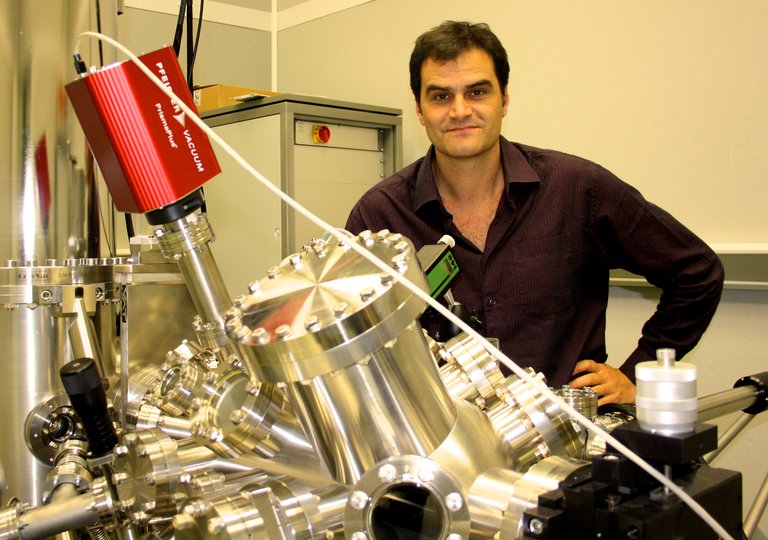A method to manipulate the magnetism of atoms to advance quantum computing

The method developed by the researchers combines magnetism and superconductivity to meet a necessary condition for encoding information at atomic scales: maintaining the characteristic of the atom in a modified state for long periods of time to read the information. In this case, by transforming magnetism, the state of the spin of the atom, it has been studied under what conditions the information can be written and read, in particular, the behavior of certain magnetic molecules placed next to the surface of a superconductor.
In the words of Pascual, one of the problems of spin-computing is that spin remains in a very short position: “The interaction with the environment is so great that it dominates and the spin returns to its original position. If we want to accumulate information in this way, it is essential that the position we impose on you lasts a long time”
Through this study, researchers have found that superconductivity “helps” magnetism and facilitates writing and reading processes. The greatest difficulty has been magnetism and superconductivity at the same time. The magnetic atom eliminates the superconducting behavior of the surface. To avoid it they have been collected in organic envelopes. “Superconductivity automatically disappears when the atoms are placed without any protection,” says nanoGUNE.
After this difficulty, experiments have found that the spin status of a magnetic atom next to a superroale lasts 10,000 times longer than that of a normal conductor. 10 ns is enough to be “read”. The results of the study have been published in the journal Nature Physics.
Buletina
Bidali zure helbide elektronikoa eta jaso asteroko buletina zure sarrera-ontzian











